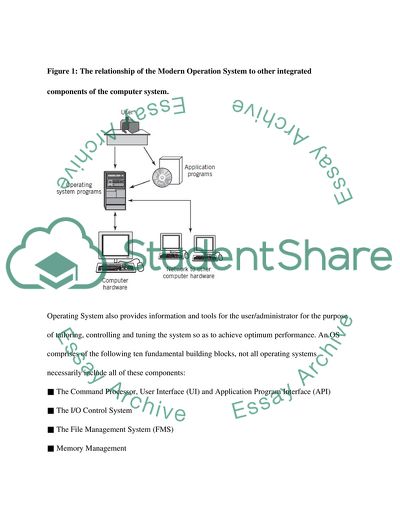Cite this document
(Modern Operating Systems Report Example | Topics and Well Written Essays - 1500 words - 1, n.d.)
Modern Operating Systems Report Example | Topics and Well Written Essays - 1500 words - 1. https://studentshare.org/information-technology/1786181-systems-programming-research
Modern Operating Systems Report Example | Topics and Well Written Essays - 1500 words - 1. https://studentshare.org/information-technology/1786181-systems-programming-research
(Modern Operating Systems Report Example | Topics and Well Written Essays - 1500 Words - 1)
Modern Operating Systems Report Example | Topics and Well Written Essays - 1500 Words - 1. https://studentshare.org/information-technology/1786181-systems-programming-research.
Modern Operating Systems Report Example | Topics and Well Written Essays - 1500 Words - 1. https://studentshare.org/information-technology/1786181-systems-programming-research.
“Modern Operating Systems Report Example | Topics and Well Written Essays - 1500 Words - 1”. https://studentshare.org/information-technology/1786181-systems-programming-research.


